AI's Roots in Strange Physics: How Spin Glasses Inspired Modern Neural Networks
This article details how the study of spin glasses, materials with puzzling magnetic behaviors, led to breakthroughs in artificial intelligence. Physicist John Hopfield applied the principles of spin glasses to create neural networks that could learn and recall memories, laying the foundation for modern AI models like ChatGPT and Midjourney. The article also explores the potential of using these physics-inspired principles to design more understandable AI.

 Quanta Magazine
Quanta Magazine
MIT Engineers Achieve Record Quantum Coupling, Paving Way for Faster Computers
MIT researchers have achieved a breakthrough in quantum computing with a new superconducting circuit called a 'quarton coupler.' This allows for the strongest nonlinear light-matter coupling yet, potentially enabling quantum computers to perform operations and error corrections much faster. This advance could significantly accelerate the development of fault-tolerant and practical quantum computers.
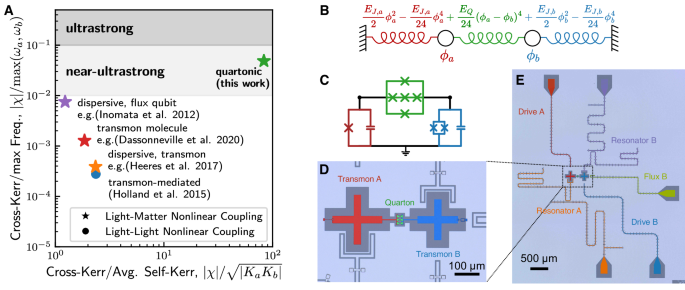
 Nature
Nature
 MIT News
MIT News
 SciTechDaily
SciTechDaily
 Yahoo
Yahoo
MIT Achieves Near-Ultrastrong Light-Matter Coupling, Advancing Quantum Computing Speed
MIT researchers have achieved a significant breakthrough in quantum computing by demonstrating exceptionally strong nonlinear coupling between light and matter in a quantum circuit. This innovation, utilizing a novel superconducting circuit architecture, enables quantum operations to be performed approximately 10 times faster than current systems, potentially overcoming a major bottleneck in the development of fault-tolerant quantum computers.
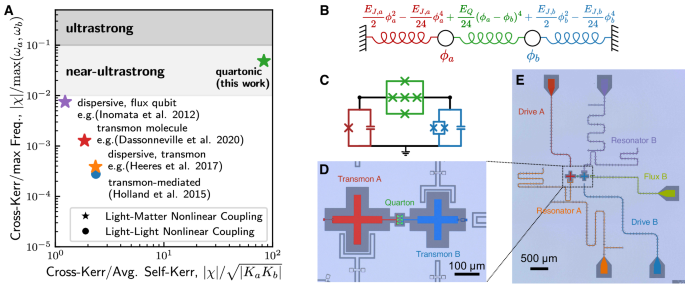
 Nature
Nature
 MIT News
MIT News
 SciTechDaily
SciTechDaily
 ScienceBlog.com
ScienceBlog.com
MIT Engineers Achieve Breakthrough in Quantum Computing with Enhanced Light-Matter Coupling
MIT engineers have achieved a breakthrough in quantum computing, demonstrating the strongest nonlinear light-matter coupling to date. This advancement, utilizing a novel superconducting circuit architecture, significantly speeds up quantum operations, potentially leading to faster and more reliable fault-tolerant quantum computers. The research was published in Nature Communications and supported by multiple organizations.
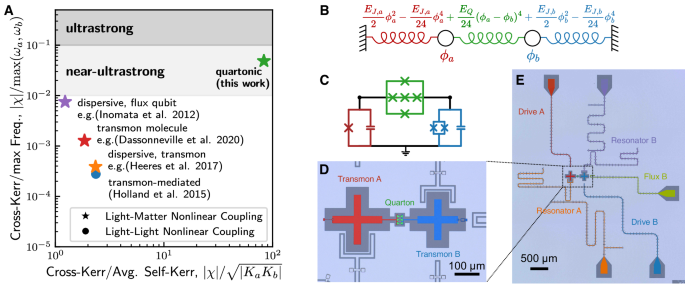
 Nature
Nature
 MIT News
MIT News
 ScienceBlog.com
ScienceBlog.com
Black Hole Gravitational Waves Reveal Complex Interactions, Challenging Existing Models
New research indicates that gravitational waves emitted from merging black holes are more complex than previously understood. Scientists have discovered interactions between quasinormal modes (QNMs) which suggest that the internal structure of black holes and the gravitational waves they emit are far more intricate than previously thought. This discovery may allow for more precise mapping of black holes.
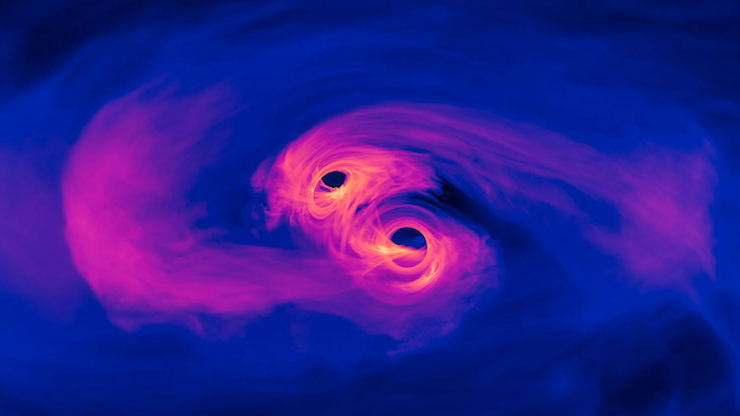
 Space
Space
Gravitational Waves Reveal Complex Black Hole Interactions: New Research
New theoretical work reveals that quasinormal modes (QNMs) from black hole mergers interact in complex ways, challenging previous models. Analyzing these interactions can provide precise maps of black holes and potentially uncover new physics by identifying asymmetries through deviations in gravitational wave frequencies. This enhances our understanding of black hole structure and emitted gravitational waves.
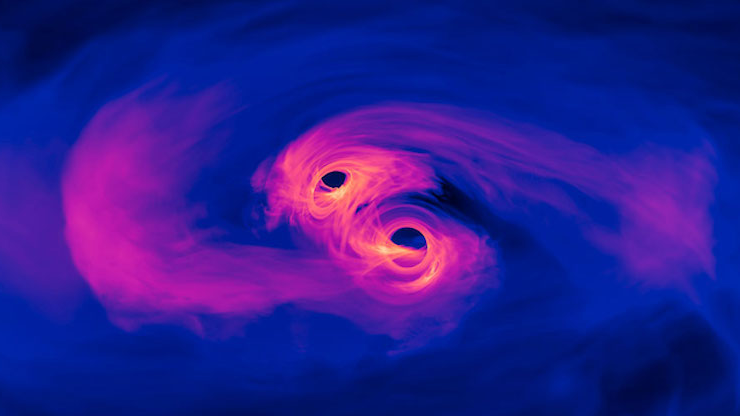
 Space
Space
Black Hole 'Ringing' Reveals New Physics, Asymmetries Through Gravitational Waves
New theoretical work suggests that the interaction between quasinormal modes (QNMs) in gravitational waves could provide more precise maps of black holes. These interactions, shaped by the geometry of the black hole's spacetime, could reveal asymmetries and potentially indicate new physics, as detailed in a study published in Physical Review Letters.

 Space
Space
Gravity as Computational Optimization: New Insights into the Universe's Structure
A recent study suggests gravity might be a byproduct of the universe operating like a giant computer, optimizing information and reducing entropy. This research, led by Dr. Melvin Vopson, reinterprets gravity as an entropic force, where matter organizes to minimize its informational footprint. This approach aligns with the idea of the universe as a computational system, potentially reshaping our understanding of physics and spacetime.
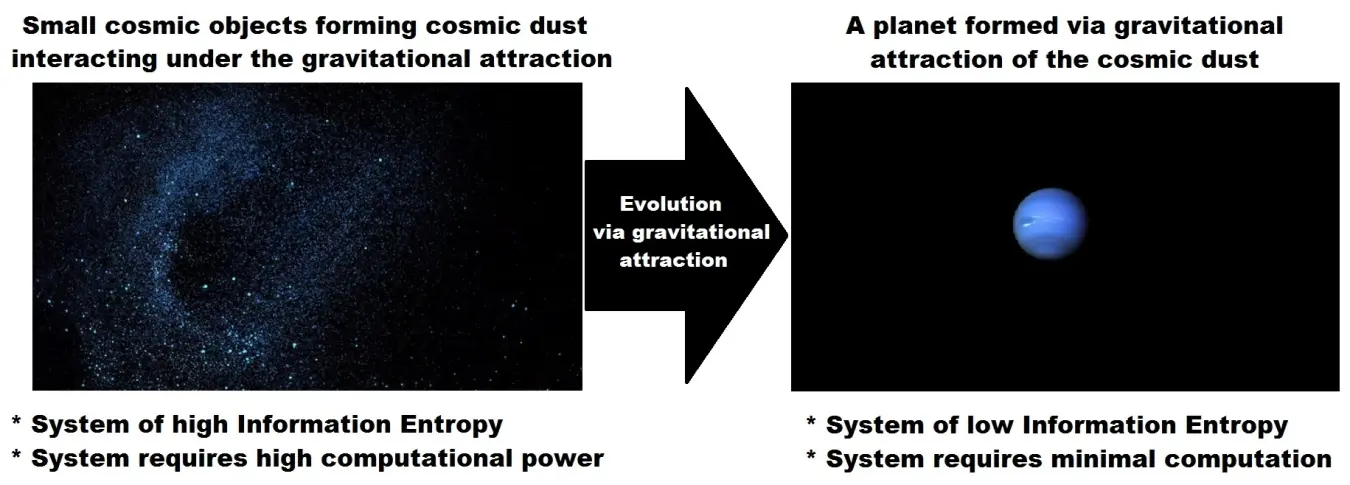
 The Quantum Insider
The Quantum Insider
 Physics World
Physics World
 University of Portsmouth
University of Portsmouth
 ScienceAlert
ScienceAlert
Gravity as Data Compression? Physicist Suggests Universe Optimizes Information Like a Computer
A new study by Dr. Melvin Vopson suggests gravity could be a result of computational processes within the universe, where the universe minimizes information content. This entropic view posits gravity arises from data compression, as the universe organizes matter efficiently. The findings align with the simulation hypothesis and offers potential insights into dark matter and dark energy.
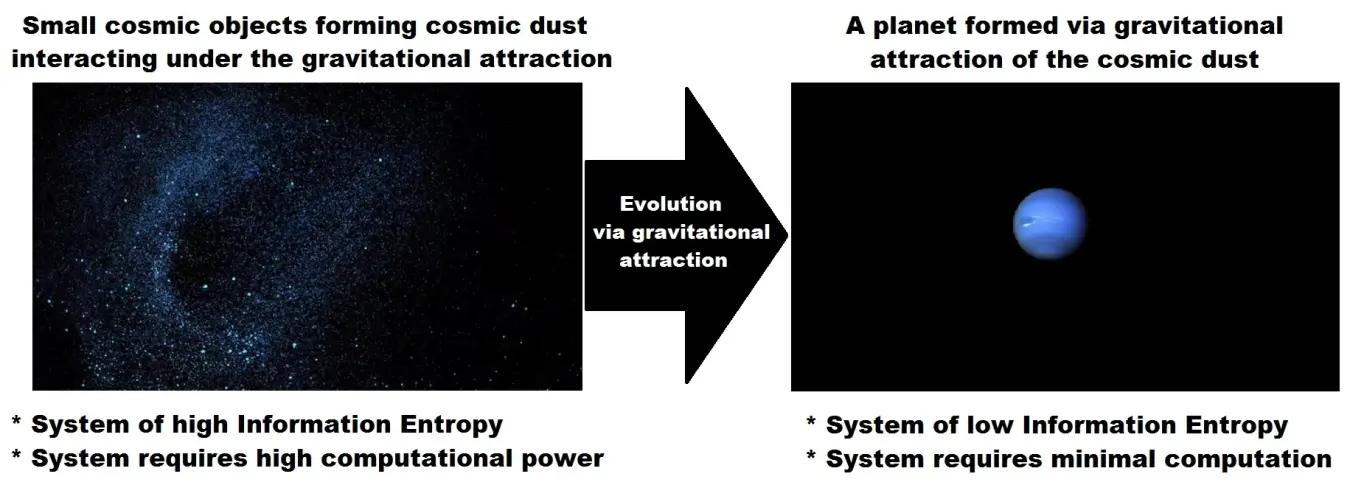
 The Quantum Insider
The Quantum Insider
 University of Portsmouth
University of Portsmouth
 Physics World
Physics World
 ScienceAlert
ScienceAlert
UCLan Astrophysicist's Discovery of Giant Arc Praised by Nobel Laureate Penrose
Dr. Alexia Lopez, a UCLan astrophysicist, discovered the Giant Arc, a massive structure challenging our understanding of the universe. Nobel laureate Sir Roger Penrose lauded her work and invited her to Oxford, citing her findings as potential evidence supporting his cosmological model. The discovery has significant implications for the field of cosmology.

 BBC
BBC
Hercules-Corona Borealis Great Wall: Largest Structure in Universe Challenges Cosmological Models
Recent astronomical discoveries, notably the potential expansion of the Hercules-Corona Borealis Great Wall to 15 billion light-years, challenge the cosmological principle of a homogeneous universe. These findings, combined with the identification of other vast structures like the Big Ring and Quipu, prompt a reevaluation of the standard cosmological model and necessitate exploration of new theoretical avenues to explain the universe's large-scale structure.

 BBC
BBC
 ScienceAlert
ScienceAlert
 On The Edge News
On The Edge News
 Techno-Science.net
Techno-Science.net
Scientists Create First 'Black Hole Bomb' in Lab, Confirming Decades-Old Theory
Scientists at the University of Southampton have successfully built a 'black hole bomb' analog in the lab, confirming Roger Penrose's theory from 1969. The experiment, involving a rotating cylinder and electromagnetic mirrors, demonstrates the extraction and amplification of energy from a simulated black hole, potentially aiding in the detection of dark matter and advancing understanding of black hole physics.
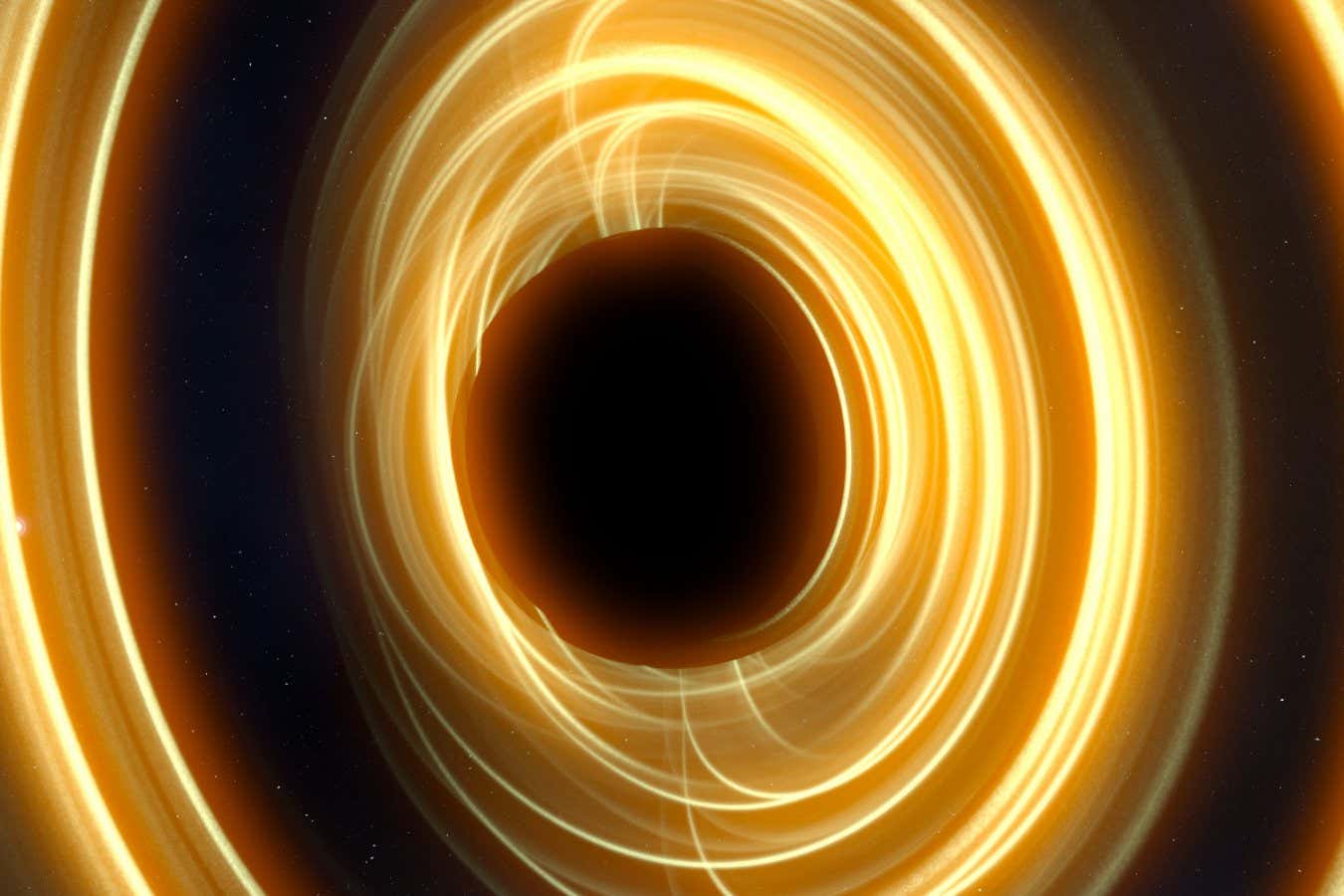
 Wion
Wion
 New Scientist
New Scientist
 The Brighter Side of News
The Brighter Side of News
 Daily Star
Daily Star
Scientists Create 'Black Hole Bomb' in Lab, Confirming Decades-Old Theory
Scientists have successfully created a 'black hole bomb' in a controlled lab environment, confirming a theory that dates back to the 1960s. The experiment uses a 'toy model' to simulate the energy amplification and explosive potential of a real black hole. This achievement helps to understand the behavior of black holes and has broader implications for energy extraction and quantum mechanics.
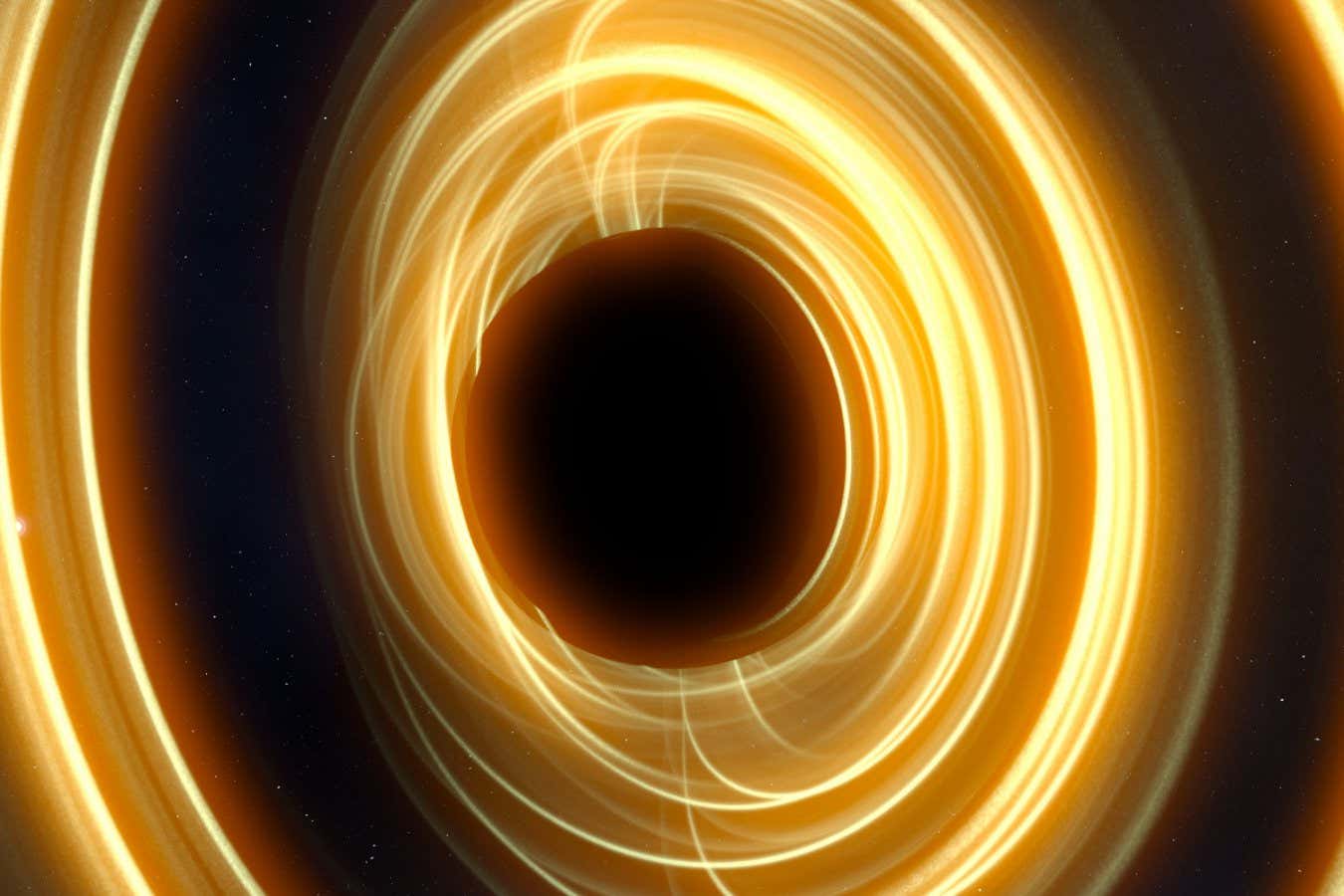
 Wion
Wion
 New Scientist
New Scientist
 Daily Star
Daily Star
 Yahoo News UK
Yahoo News UK
Quantum Cheshire Cats: Exploring the Curious Phenomenon of Disembodied Quantum Properties
This article delves into the concept of quantum Cheshire cats, a quantum phenomenon where a particle's property, like polarization, can exist in a different location from the particle itself. It traces the concept's origins, experimental validations, and the ongoing debate surrounding its interpretation. It further explores how it challenges intuition and its potential to guide new research directions in quantum mechanics.

 Physics World
Physics World
Trapped Ions Enable Programmable Quantum Simulation of Spin-Boson Models with Structured Baths
This article reports on a novel quantum simulation of spin-boson models using trapped ions. The simulation allows for programmable control over the boson bath's initial temperature and spectral densities. The technique facilitates the study of open quantum systems and has implications for understanding dissipative processes in various physical, chemical, and biological systems, potentially surpassing classical computational limits.
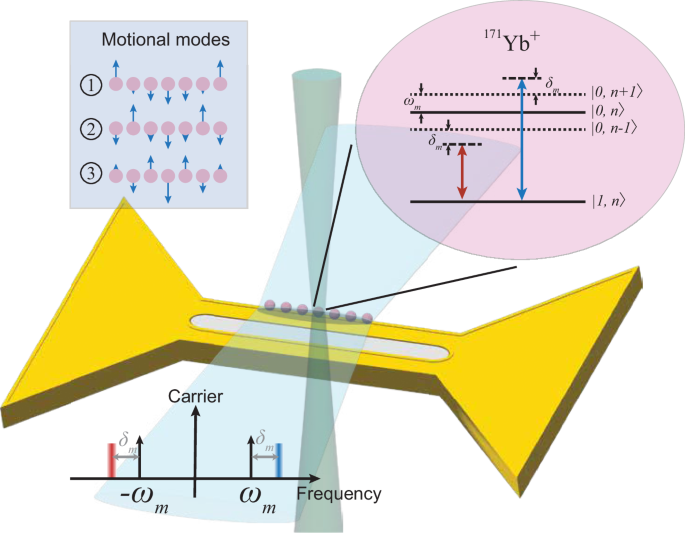
 Nature
Nature
Trapped Ions Used to Simulate Spin-Boson Models with Programmable Dissipative Dynamics
A team of researchers has demonstrated a fully programmable method using trapped ions to simulate the dissipative dynamics of spin-boson models. This involves controlling the temperature and spectral densities of a boson bath, offering a precise tool for studying open quantum systems. The method was validated through simulations of dephased spin-oscillator models and vibration-assisted energy transfer.
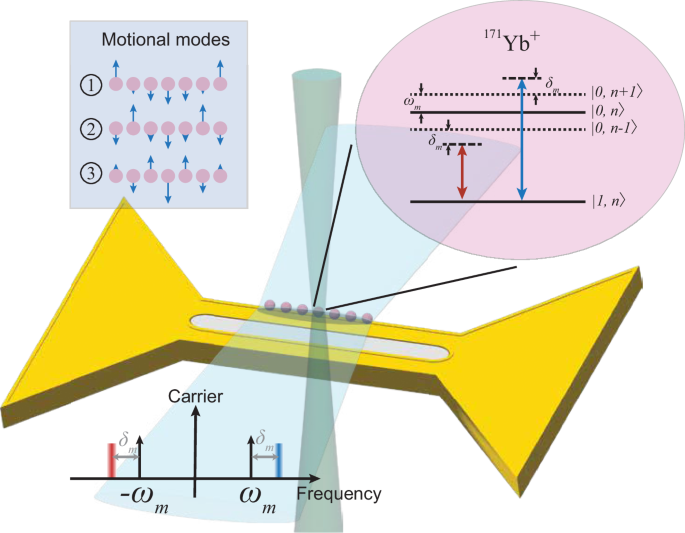
 Nature
Nature
Most Energetic Neutrino Ever Detected: Origin Unknown, Opens New Astronomy Era
The KM3NeT detector has discovered a 220 PeV neutrino, far exceeding previous detections. This unprecedented event raises questions about its source, possibly a blazar or cosmogenic neutrino. The discovery highlights neutrinos as cosmic messengers and opens new avenues for understanding the universe's most energetic phenomena and fundamental physics.
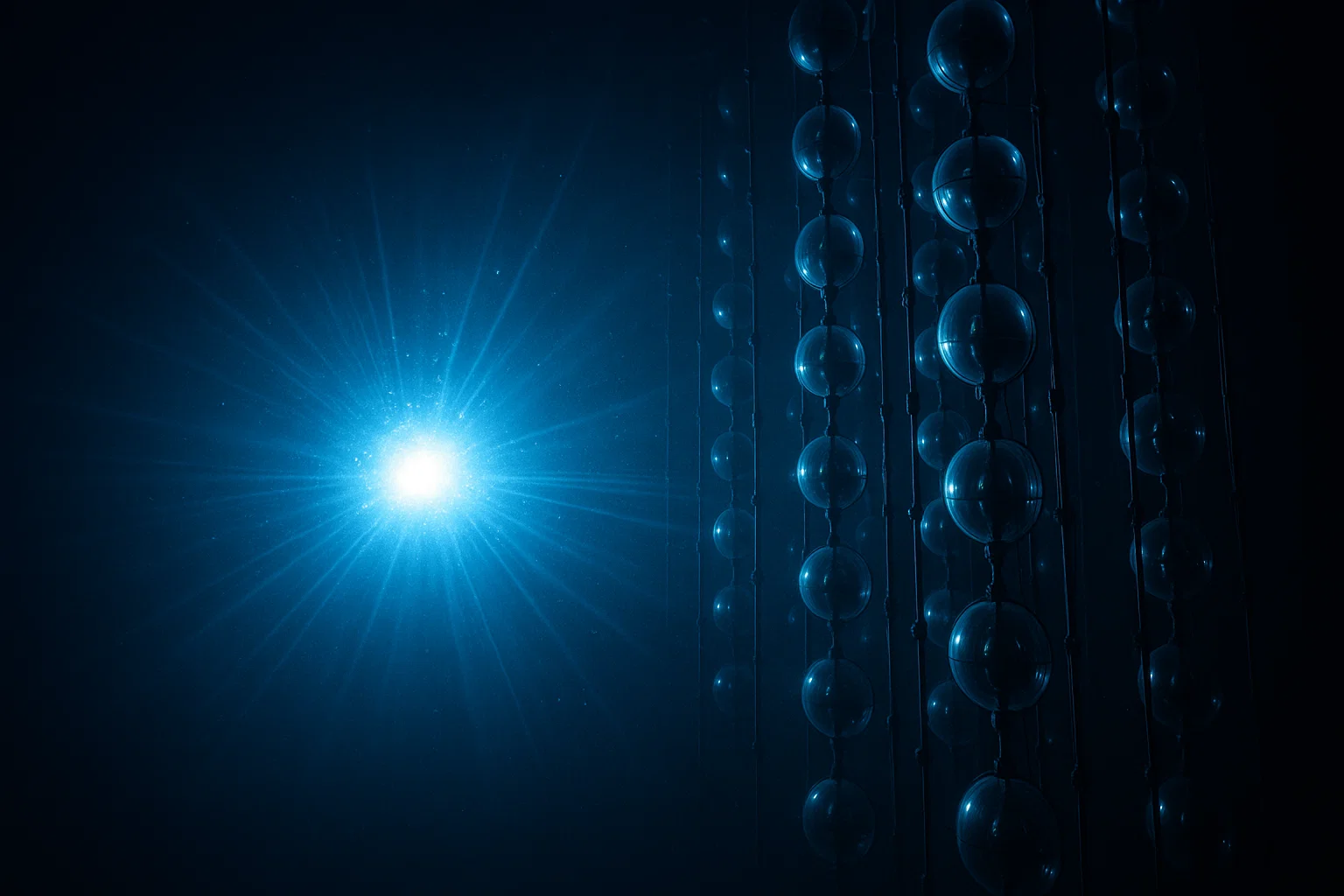
 ZME Science
ZME Science
Most Energetic Neutrino Ever Detected: Origin Unknown, Detected by KM3NeT
The KM3NeT detector in the Mediterranean Sea detected a 220 PeV neutrino, surpassing previous records. Scientists are puzzled by its origin, speculating about blazars or cosmogenic neutrinos. This discovery opens new avenues in neutrino astronomy, potentially revealing insights into black hole growth, matter-antimatter asymmetry, and physics beyond the Standard Model.
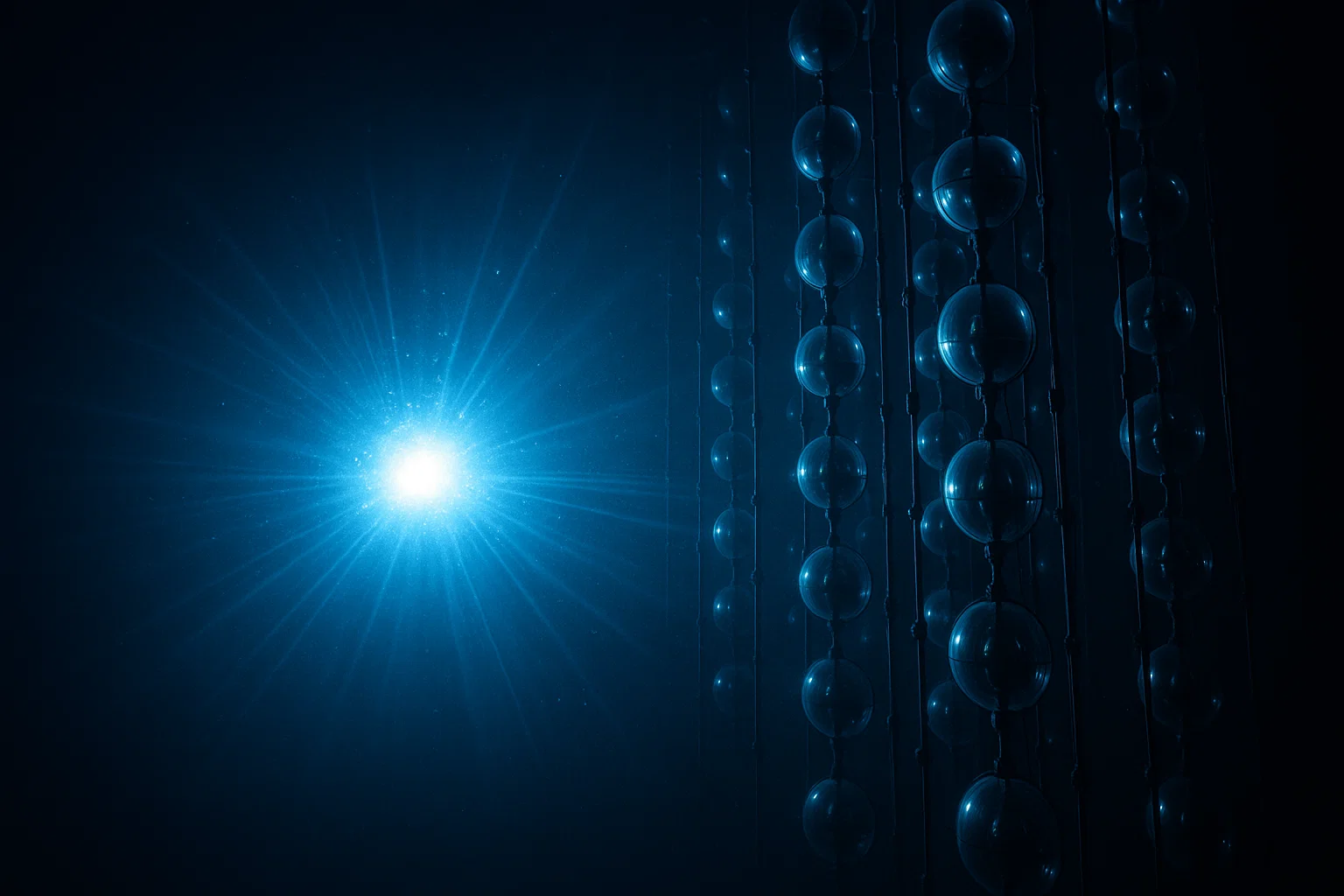
 ZME Science
ZME Science
Glowing Molecular Cloud Eos Discovered Near Earth, Offering New Star Formation Insights
Astronomers have discovered Eos, the closest molecular cloud to Earth at approximately 300 light-years away. Eos is remarkable for its size, fluorescent hydrogen signature, and proximity, providing a unique opportunity to study molecular cloud formation and the processes that transform gas and dust into stars and planets. Its discovery also suggests the presence of other hidden clouds in the Milky Way.
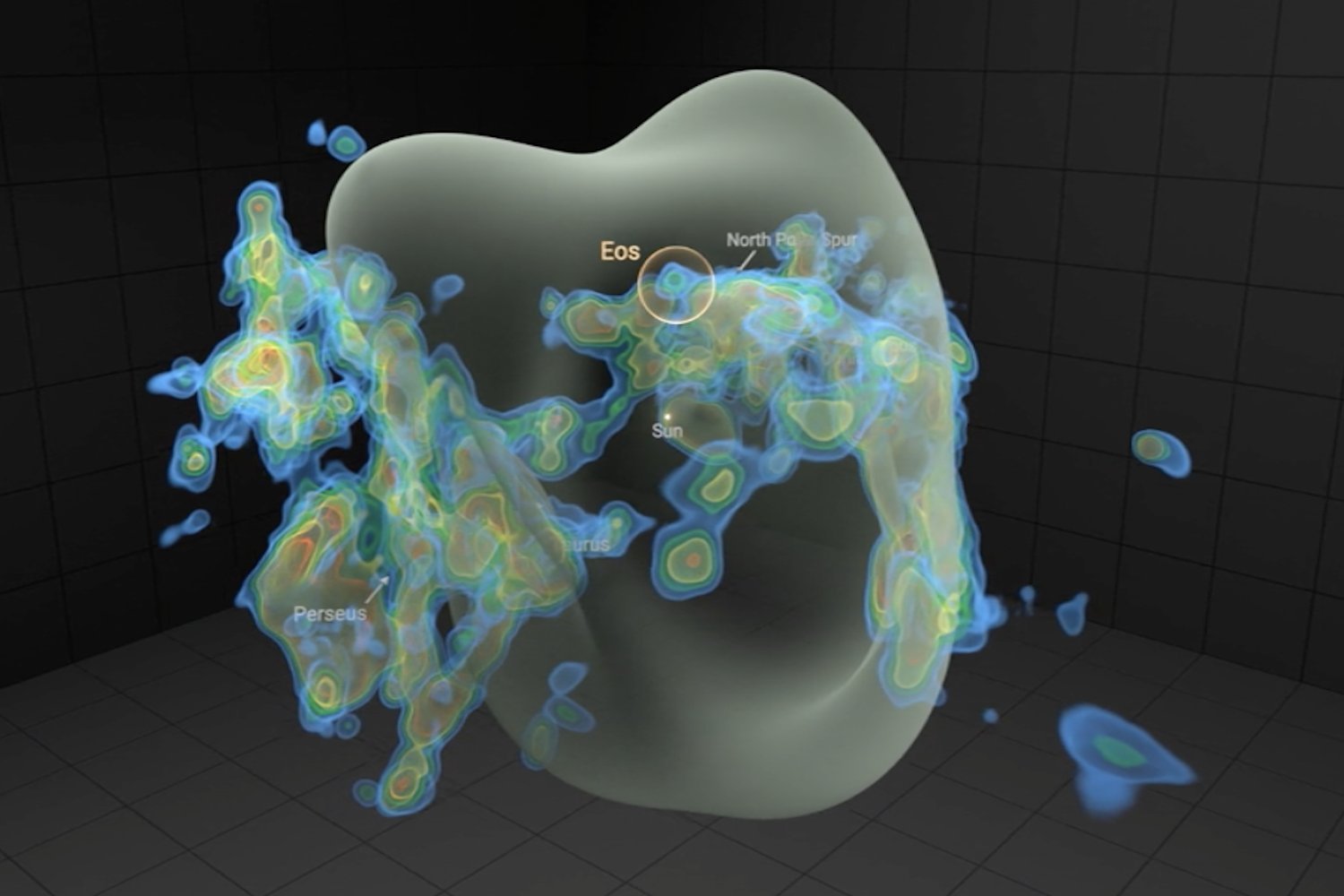
 Gizmodo
Gizmodo
 Science News
Science News
 Yahoo
Yahoo
 The New York Times
The New York Times
Eos: Molecular Cloud Discovered Near Solar System, Reveals New Star Formation Insights
Scientists have discovered a large, previously undetected molecular cloud named Eos, located approximately 300 light-years from Earth. Eos was found by detecting far-ultraviolet emissions from molecular hydrogen, a novel approach. This discovery provides a unique opportunity to study star formation and the interstellar medium due to its proximity.
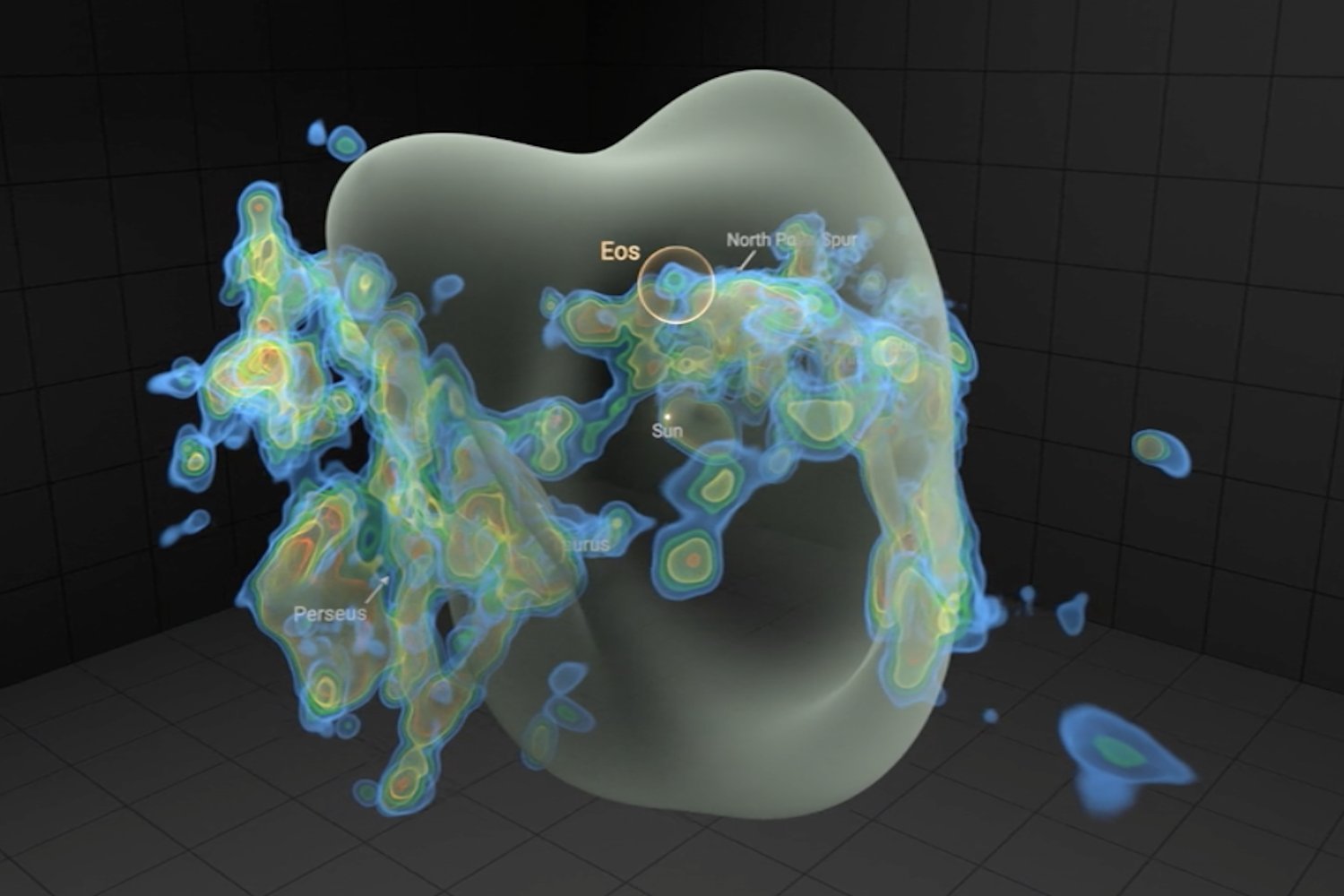
 Gizmodo
Gizmodo
 Rutgers University
Rutgers University
 CNN
CNN
 Space
Space









